News and Announcements
Volume 3 Issue 1 2022
Order by
Download Full Issue
Latest time
REVIEW
Recent updates on the biological basis of heterogeneity in bone marrow stromal cells/ skeletal stem cells
Deepika Arora,
Pamela Gehron Robey
6 Download 972 Views
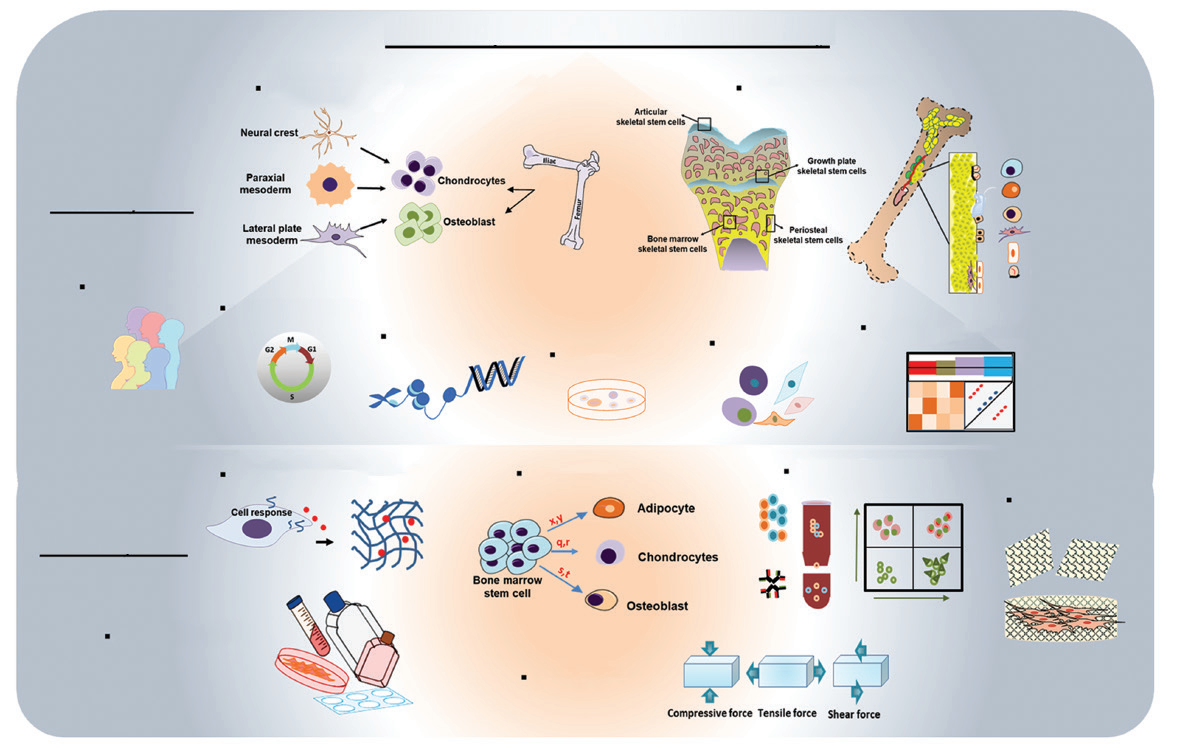
REVIEW
Mesenchymal stem cell differentiation and usage for biotechnology applications: tissue engineering and food manufacturing
Deepika Arora,
Pamela Gehron Robey
12 Download 1086 Views
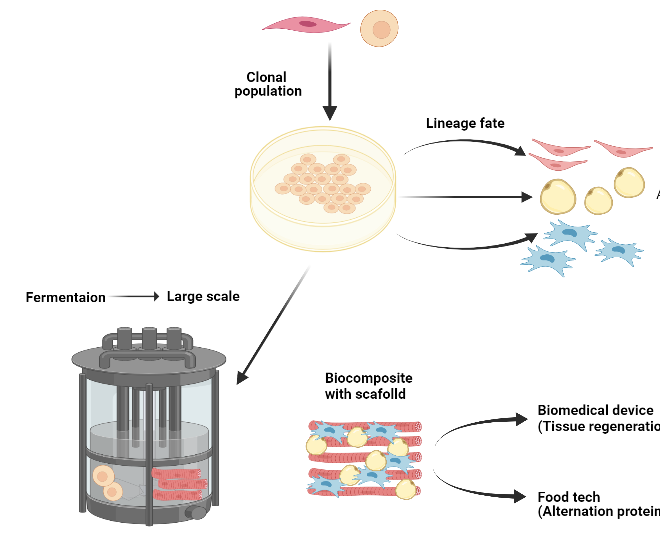
REVIEW
Oral stem cells, decoding and mapping the resident cells populations
Xuechen Zhang,
Ana Justo Caetano,
Paul T. Sharpe,
Ana Angelova Volponi
18 Download 1204 Views
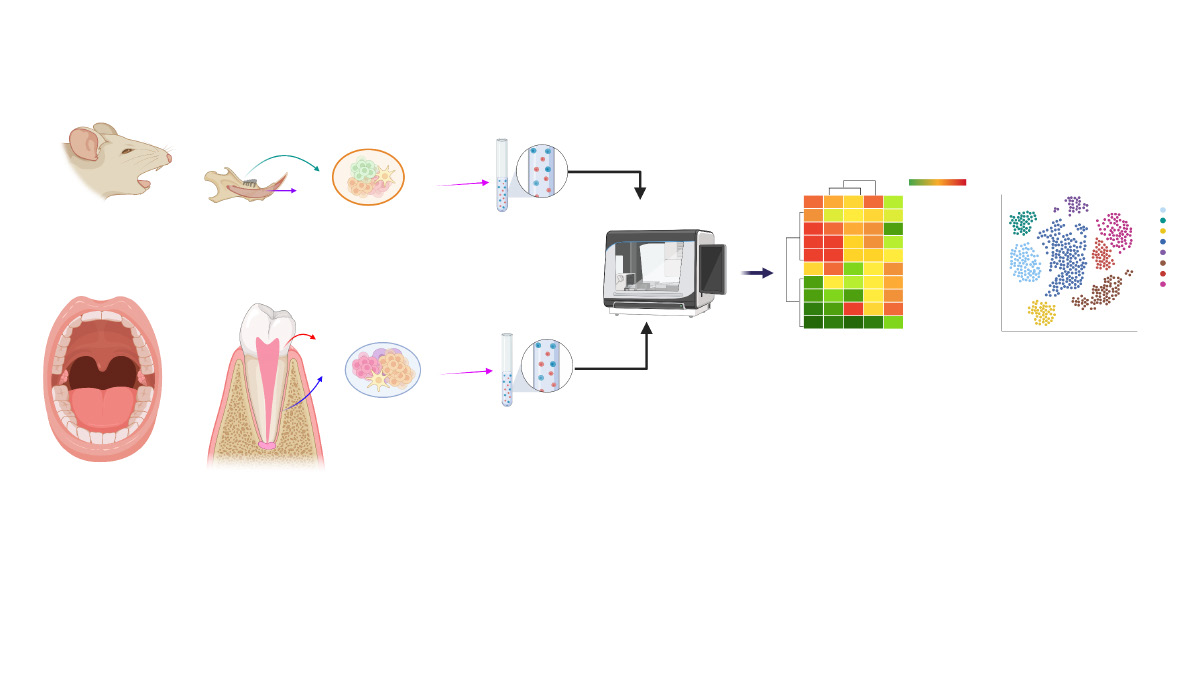
REVIEW
The long and winding road: homeostatic and disordered haematopoietic microenvironmental niches: a narrative review
Suzanne M. Watt
6 Download 1031 Views
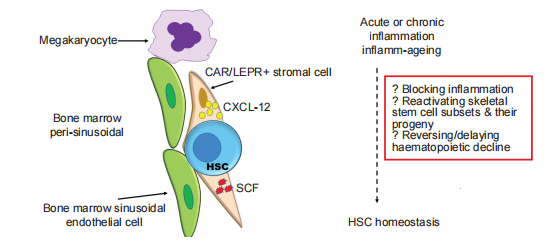
REVIEW
A biomaterials viewpoint for the 2020 SARS-CoV-2 vaccine development
Isak Jatoi,
Jingyu Fan
1348 Views
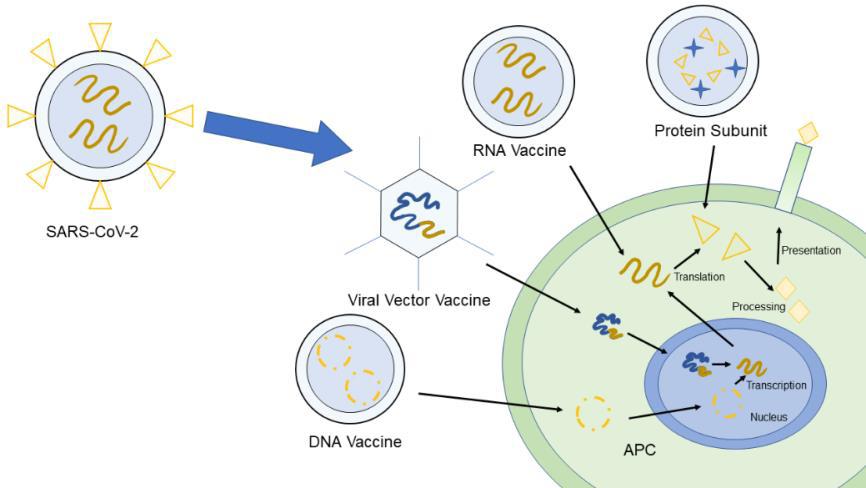
REVIEW
An update of nanotopographical surfaces in modulating stem cell fate: a narrative review
Shuqin Cao,
Quan Yuan
6 Download 1176 Views
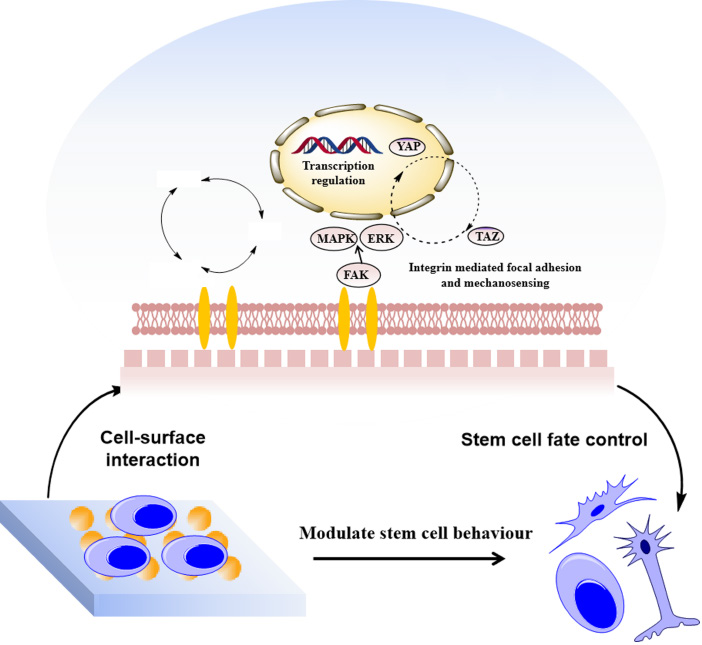
REVIEW
Manufacturing artificial bone allografts: a perspective
Emma Steijvers,
Armaan Ghei,
Zhidao Xia
40 Download 2184 Views
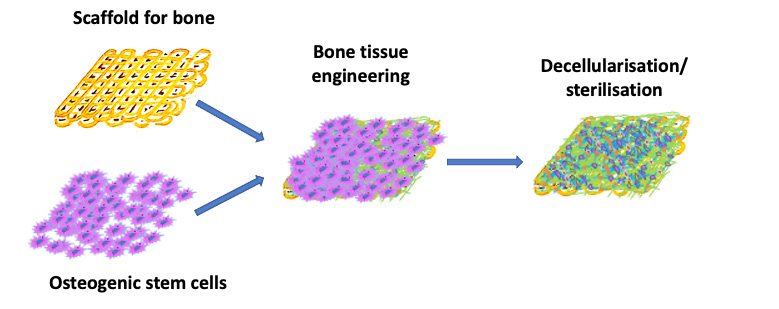
REVIEW
History, progress and future challenges of artificial blood vessels: a narrative review
Ke Hu,
Yuxuan Li,
Zunxiang Ke,
Hongjun Yang, ... Weici Wang
95 Download 2169 Views



